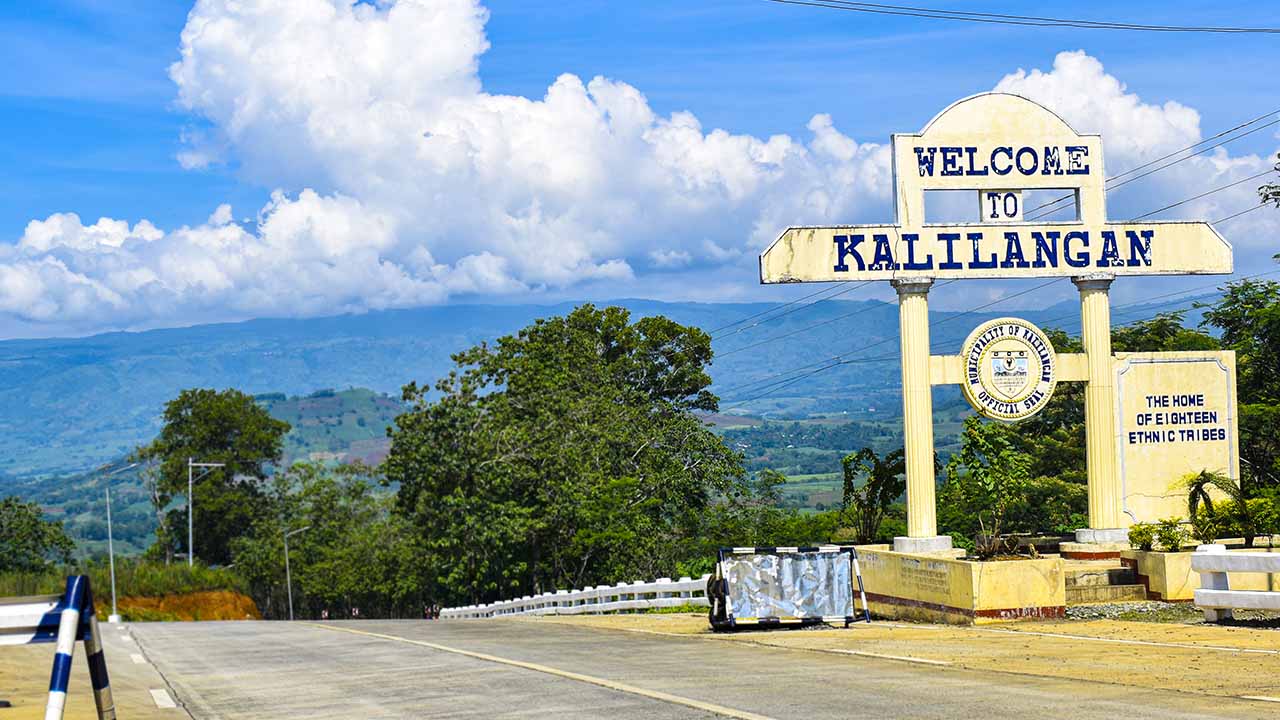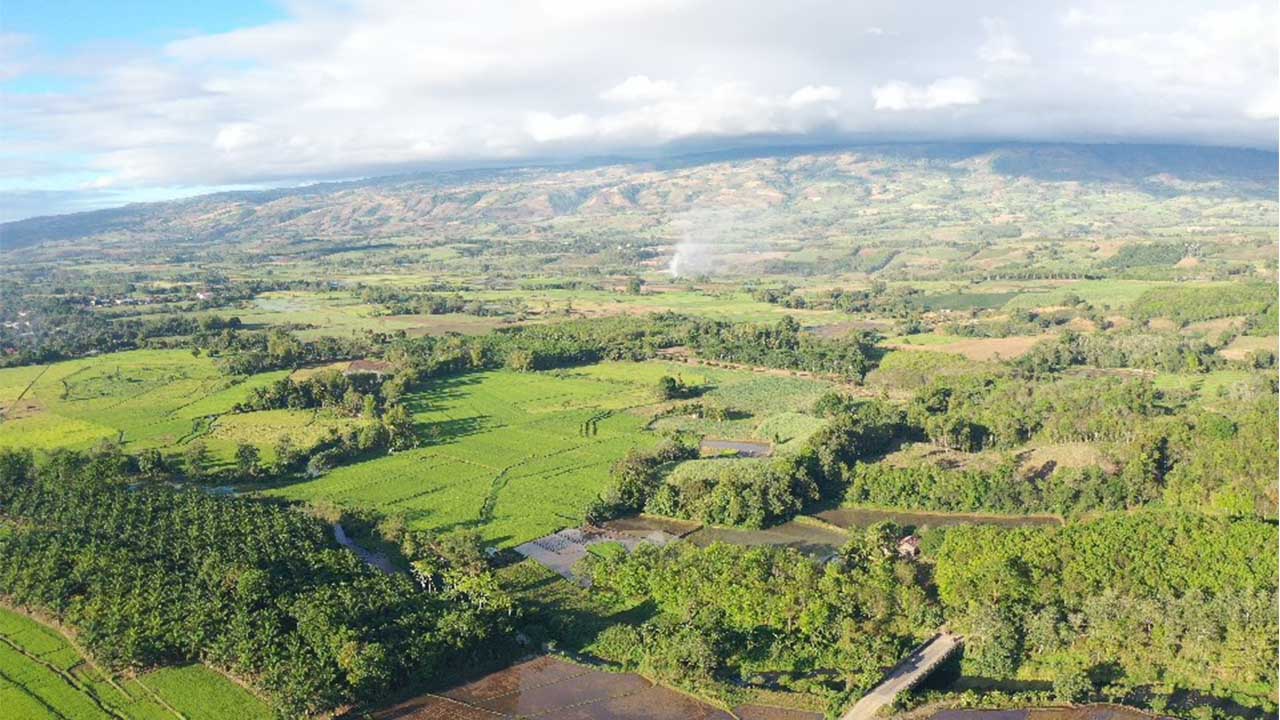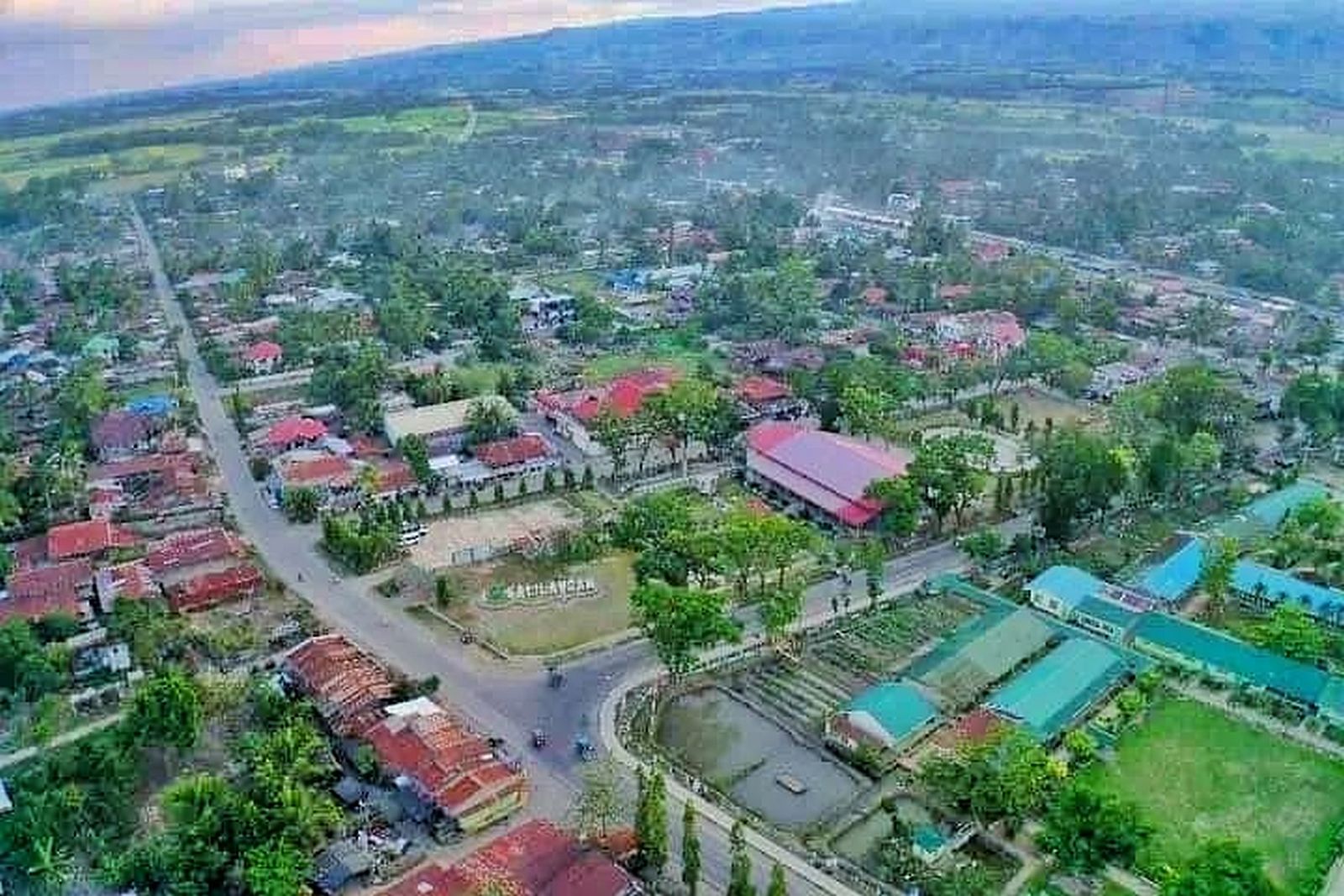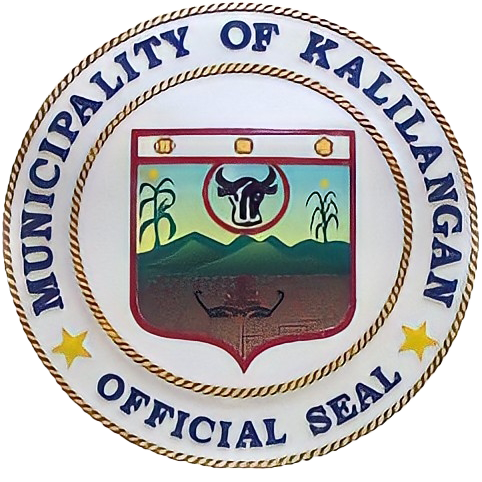About Kalilangan
Home of Eighteen Ethnic Tribes
- Home
- about kalilangan
VISION STATEMENT
A peaceful and progressive agri-business trade zone amid an ecologically balanced environment with an empowered and God-centered citizenry supporting sustainable growth and good governance.
MISSION STATEMENT

Our History

KALILANGAN is a Maguindanaon word which means a place for merry–making. Babai Saraya, a woman from Maguindanao visited the old folks and danced “Kalilang”, a dance accompanied by Muslim musical instruments. As a sign of peace, she offered “Umoy”, a sacred jar to Datu Labao Aminta, the chieftain of Mangaye who was her tribal enemy. In return, Datu Labao Aminta offered “Lakong”, a basket of root crops. Eventually, that place where that event happened was then called KALILANGAN. People assembled together and had their merry–making.

In 1951, Kalilangan was one of the settlement areas under LASEDECO (Land Settlement and Development Corporation), a National Government Agency purposely organized to administer the land distribution to all settlers coming from the Visayas Islands. During the presidency of Pres. Ramon Magsaysay, LASEDECO was eventually changed to NARRA (National Resettlement Rehabilitation Administration).

The municipality was originally a barrio of Pangantucan and later became an independent municipality by virtue of Republic Act No. 4788 sponsored by Congressman Benjamin Tabios. The municipality of Kalilangan was created on June 18, 1966, a sixth (6TH) class municipality with an area of 28,135 hectares. The municipality was then officially organized on January 1, 1968 right after the 1967 elections.
14 Barangays of Kalilangan
Bangbang
Barorawon
Canituan
Central Poblacion
Kibaning
Kinura
Lampanusan
Maca‑opao
Malinao
Pamotolon
Public
Ninoy Aquino
San Vicente Ferrer
West Poblacion
